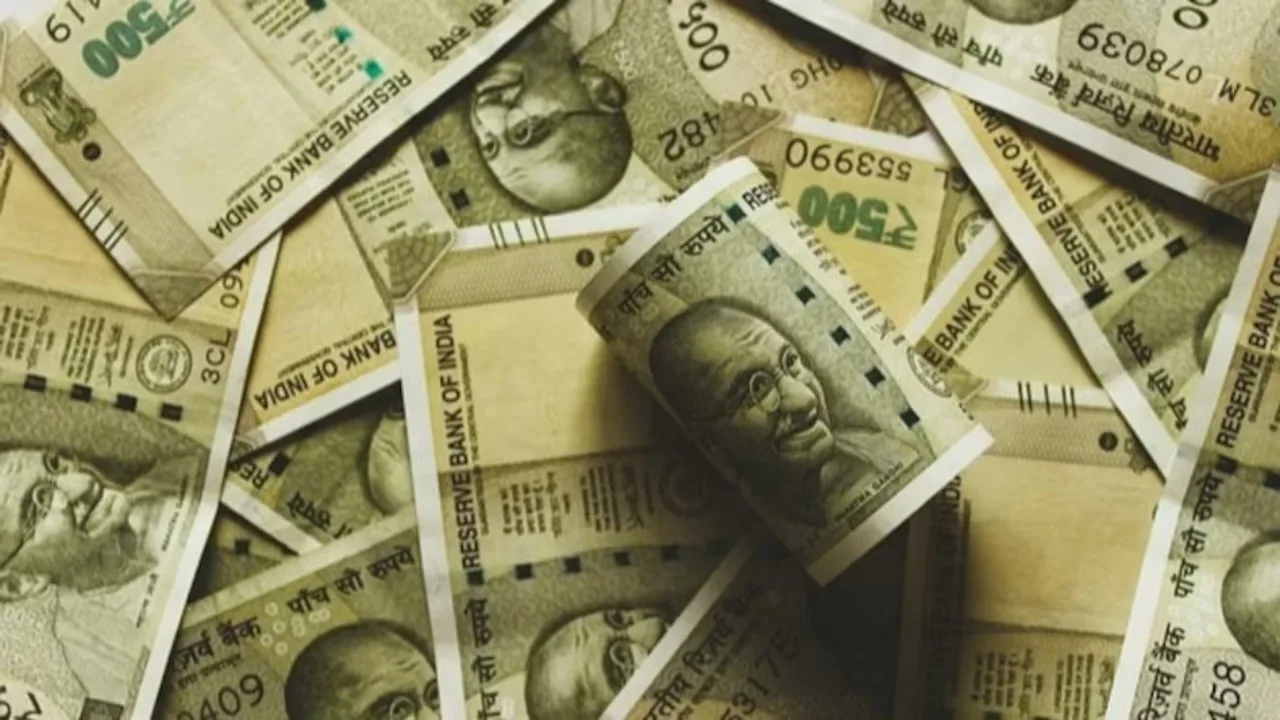Massive Raise or Myth? Decoding the Recent Increase in Allowances for Central Government Staff The month of March brought a wave of cheer for Central Government employees in India. The Union Cabinet’s approval of a 4% hike in Dearness Allowance (DA) pushed it to a significant 50%. This wasn’t all – a revision in House Rent Allowance (HRA) further sweetened the deal. But the good news doesn’t stop there. Let’s delve deeper and understand the impact of this raise on a wider scale.
Beyond DA and HRA: A Look at the Multifaceted Boost
While the increase in DA and HRA grabbed headlines, the true picture involves nine other allowances that Central Government employees benefit from. These allowances also witnessed a significant rise, leading to a comprehensive financial boost.
Here’s a breakdown of the allowances that saw an increase:
| Allowance | Description |
|---|---|
| House Rent Allowance (HRA) | Compensates for housing expenses based on city tier (X, Y, Z) |
| Children’s Education Allowance (CEA) | Supports educational expenses for employee’s children |
| Childcare Special Allowance | Financial assistance for employees availing childcare services |
| Hostel Subsidy | Contributes to hostel expenses for eligible employees |
| TA on Transfer (Transportation Allowance) | Reimburses costs incurred during transfers involving personal effects |
| Gratuity Limit | Enhances the maximum amount received as gratuity upon retirement |
| Dress Allowance | Provides an allowance for maintaining work-appropriate attire |
| Mileage Allowance for Own Transport | Compensates employees for using their vehicles for official purposes |
| Daily Allowance | Covers daily expenses incurred during travel for work |
The Domino Effect of Increased DA: Will the Math Change?
The implementation of the 7th Pay Commission in 2016 had initially reduced the DA to zero. However, the current system dictates that once DA reaches 50%, it merges with the basic salary. This essentially means the 50% DA amount will be added to the base salary, effectively increasing it.
For example, consider an employee with a basic salary of Rs. 18,000. The current 50% DA translates to Rs. 9,000. Upon merging, the basic salary would be revised to Rs. 27,000 (18,000 + 9,000). However, achieving this might involve adjustments to the ‘fitment factor’ by the government.
When Does the DA Reset Happen?
Experts anticipate the new DA calculation to occur in July 2024. The government typically revises DA twice a year, with the March approval impacting January onwards. The next revision is slated for July.
During this period (January-June 2024), the AICPI (All India Consumer Price Index) will determine the future course of DA. Based on the index, the DA could rise further (3% or 4%) or remain at 50%. Once the picture becomes clearer, the 50% DA will be merged with the basic salary, leading to a permanent increase.
A Well-Deserved Boost for a Dedicated Workforce
The recent hike in allowances and the potential rise in basic salary come as a welcome change for Central Government employees. This acknowledges their valuable contribution and helps them cope with rising inflation.
It’s important to note that the final impact on basic salary will depend on government decisions regarding the fitment factor. Nevertheless, this multi-pronged approach offers a significant financial benefit to a large section of the workforce.




